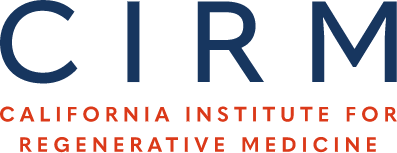Alpha thalassemia (AT) is an inherited blood disorder caused by mutations in HBA2/1 genes encoding for α-globin chain, which together with β-globin chain constitutes the hemoglobin protein complex, the protein responsible for carrying/delivering oxygen in red blood cells (RBCs). Patients with severe AT, like in Alpha Thalassemia Major (ATM), require blood-transfusion throughout their lives. While a bone marrow transplant from a donor can be a curative treatment, it is greatly limited by donor availability (~30%), and fatal rejection risk.
To circumvent both limitations, we developed an autologous HSCT therapy, an approach where we utilize the patient’s stem cells to permanently restore hemoglobin level in their RBCs. Our group designed and developed lentiviral vectors (LV) that integrate functional copies of HBA2 in the genome of the patient’s hematopoietic stem progenitor cells (HSPCs) to restore α-globin chains. Our optimal LV, known as EV-α LV, harbors the HBA2 gene and is regulated by RBC-lineage specific β-globin elements. Extensive characterization in erythroid cell line and primary healthy donor HSPCs showed that EV-α conferred a high HSPC gene transfer efficiency and a high expression of α-globin chain, which assembles with the β-globin chains to properly form hemoglobin. We further assessed ATM patient HSPC-derived RBCs, endogenously lacking HBA2/1 genes. ATM HSPCs were transduced with EV-α and differentiated into RBCs where α-globin chains and hemoglobin levels were measured and compared to healthy donor levels. We demonstrate that EV-α confers optimal HSPC infectivity and successfully restores α-globin chains and hemoglobin at levels ranging from 70-90% of healthy donor in three ATM donors. Overall, our project supports further advancement of EV-α to clinical trials of autologous stem cell gene addition therapy for AT which offers a curative treatment that is more accessible to all AT patients.



